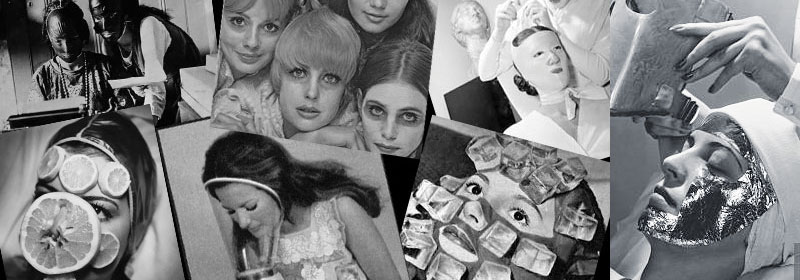History Of Facials
When we talk about Facials, we are actually talking about a group of several treatments that focus on the face. The general treatments used are steam, exfoliation, extraction, creams, lotions, facial masks, peels, and massage. For a lot of us the facial is a crucial part of our beauty regime, whether we get it done in the spa, salon or do it at home. Recently I was talking to a friend about our routines, and we got to wondering if Facials were something from our generation, or if our mums used to go through the same sorts of treatments as us. We decided to go online to see, and we were quite surprised by our findings. It seems that women have been trying for hundreds of years to maintain their looks.
During the 1500 – 1600s, amongst the European upper classes, having pale skin untouched by the sun was seen as a sign of beauty, wealth and power. At the time there was little science behind skin care, so attempts to further the skin – whitening process led to the use of a poisonous mixture of white lead and vinegar called Ceruse, most famously used by Queen Elizabeth.
As the 1800s drew to a close, there was a very strong desire for youthful skin that led to a wide range of beauty products being released, like Madame Rowley’s toilet mask. One of the ads for the overnight mask read “recommended to ladies for Beautifying, Bleaching and Preserving the Complexion”. The product didn’t stay in favor for long, after people found it suffocated the face and encouraged perspiration.
From 1900 till around 1940 there was a large increase in the number and variety of beauty products and treatments that were trialed, like Raw Meat Facials, radium laced beauty products, freezing freckles off with nitrogen and many other, mostly ill-conceived, ideas. Around the 1940s, two ladies started to lead the beauty industry, Elizabeth Arden and Helena Rubenstein. Salons were opening nationwide and a new era of anti-aging treatments was ushered in.
The glamour bonnet and other helmet like structures came into fashion. Rosy cheeks were also sought after using electronic heated face masks, skin tightening wraps and vacuums Targeting sagging skin and acne. By the 1950s watching movies in the cinema, and having televisions in their home, exposed women to Hollywood glamour and the attention on this beauty made the focus on physical appearance more important. It’s around this period that a lot of treatments still used today we’re developed and popularized, like steam facials, seaweed wraps and facial mud masks.
Today’s facials have come a long way. Using the latest scientific research and technology, they offer a wide range of effective treatments with minimal risk. A lot safer and more reliable than rubbing poison on your face.



